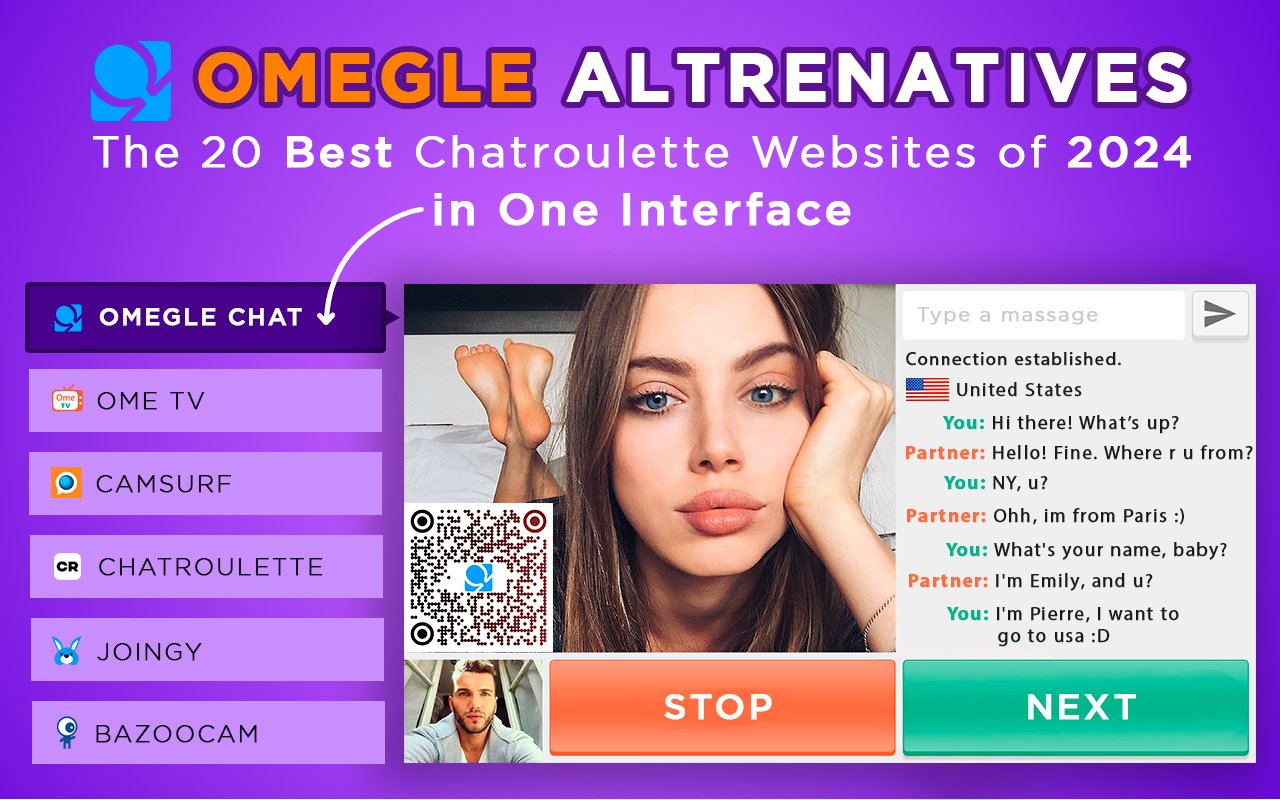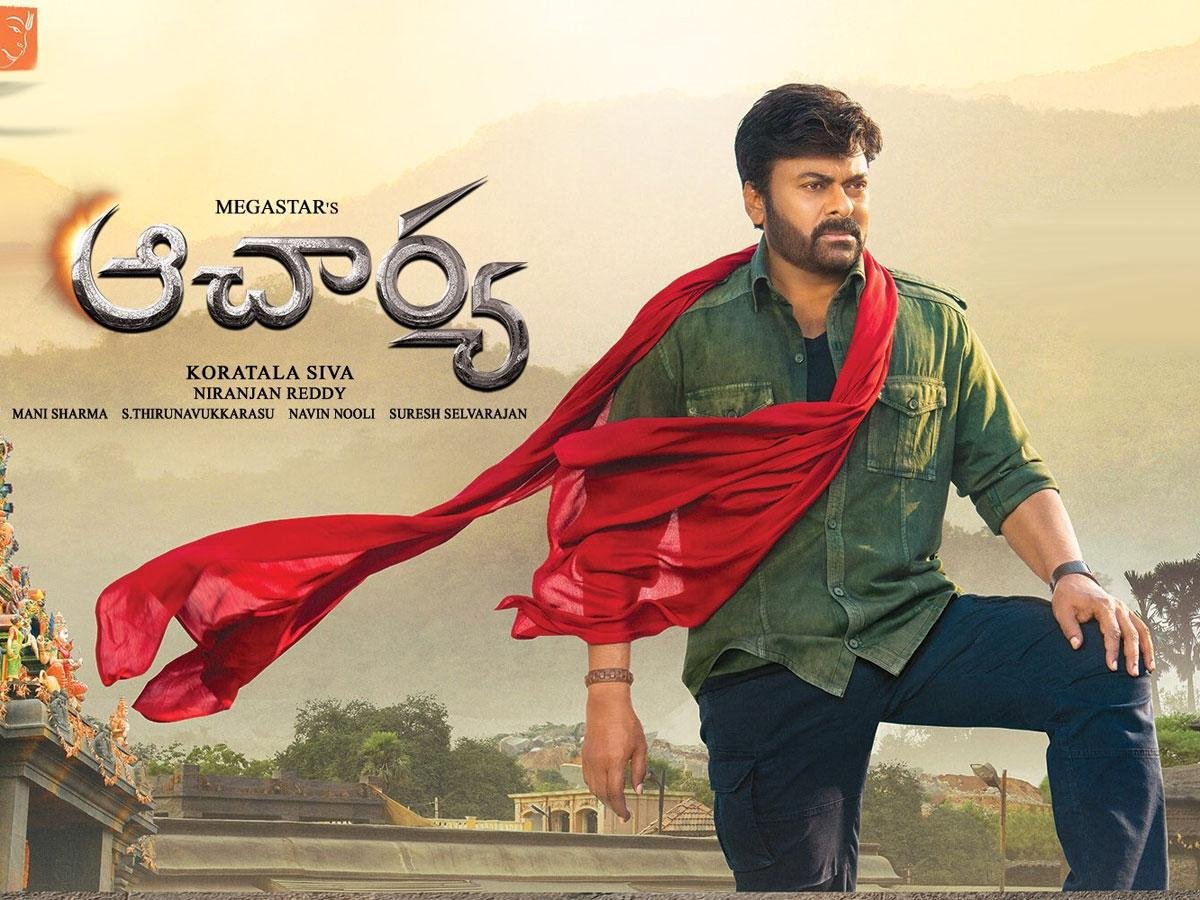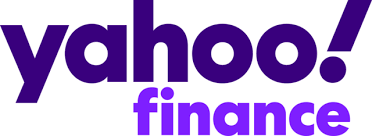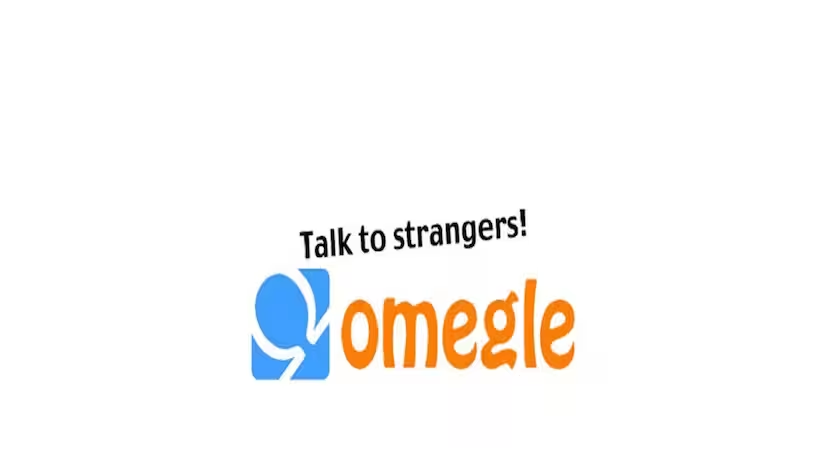In the vast ocean of the internet, Omegle stands out as a unique and unpredictable island where users from around the globe connect in real-time through anonymous text or video chats. Since its inception in 2009, Omegle has been a source of curiosity, entertainment, and sometimes controversy. In this article, we will explore the origins, features, and social dynamics that make Omegle an intriguing and sometimes chaotic platform.
The Genesis of Omegle:
Created by 18-year-old Leif K-Brooks in 2009, Omegle emerged as a platform for random one-on-one conversations. The idea behind Omegle was to provide users with an opportunity to connect with strangers without the need for any registration or personal information. The name “Omegle” is a blend of the Greek letters omega (Ω) and gamma (Γ), representing the randomness of connections.
Features and Functionality:
Omegle’s simplicity is one of its defining features. Users can access the platform without creating an account, simply by visiting the website. Once there, they can choose between text or video chat options. The allure of the unknown adds an element of excitement as users never know who they will encounter next. This element of surprise has been both the platform’s strength and its Achilles’ heel.
The user experience:
Navigating Omegle can be an adventure, with encounters ranging from meaningful conversations to bizarre interactions. Users often find themselves face-to-face (or screen-to-screen) with people of diverse backgrounds, languages, and interests. The lack of filters and algorithms means that conversations can swing from profound discussions to trivial banter or, unfortunately, inappropriate content.
Challenges and Controversies:

While Omegle provides a unique space for random connections, it has faced numerous challenges and controversies. The lack of moderation has led to instances of explicit content, harassment, and even criminal activities. Over the years, Omegle has implemented certain measures to address these issues, such as a monitored video chat section for users aged 13–17. However, the platform continues to grapple with maintaining a balance between freedom and safety.
Cultural Impact:
Omegle has left an indelible mark on internet culture, influencing memes, YouTube content, and even inspiring social experiments. The platform has been featured in various forms of media, showcasing the unpredictable nature of online interactions. Creators have utilized Omegle to connect with audiences, document unique encounters, and explore the uncharted territories of the internet.
The Evolution of the Omegle:
As the internet landscape evolves, so does it. The platform has introduced new features over the years, attempting to enhance the user experience while addressing safety concerns. From the introduction of a moderated section for minors to adding interest tags for more targeted connections, Omegle continues to adapt to the ever-changing digital environment.
Conclusion:
Omegle remains a captivating and controversial corner of the internet, offering users a glimpse into the diverse tapestry of humanity. Its unpredictable nature and lack of constraints contribute to both its appeal and challenges. As technology advances and online communication continues to evolve, platforms like this serve as a reminder of the delicate balance between freedom, anonymity, and responsibility in the digital realm. Navigating the seas of it may not always be smooth, but it undoubtedly offers a unique and unparalleled online experience.
Internal link: atzworld








